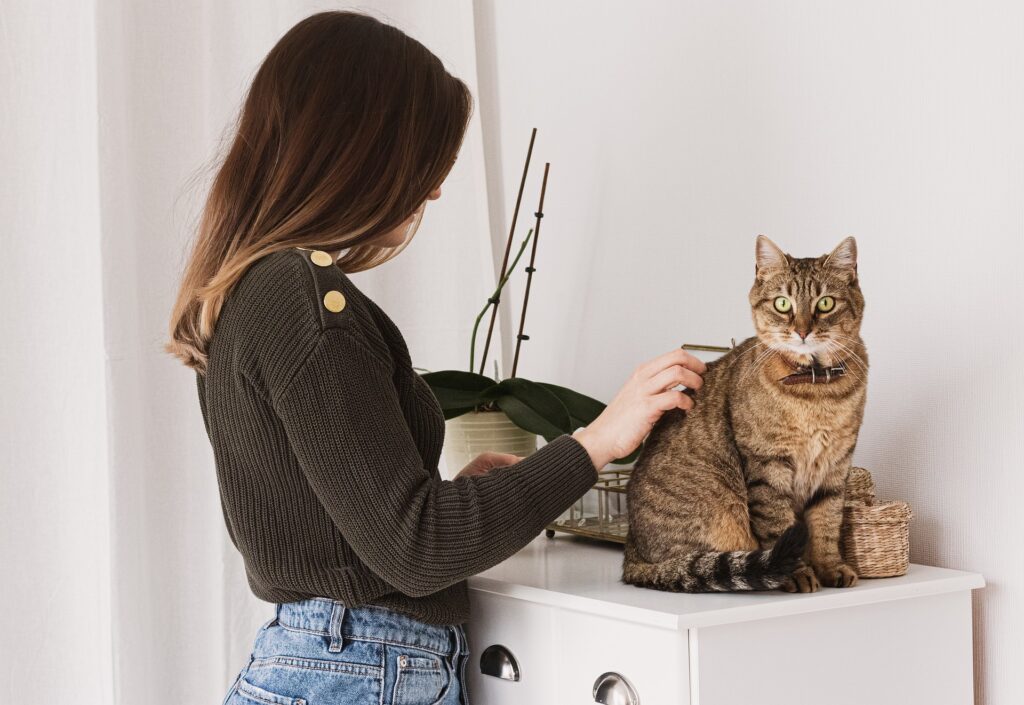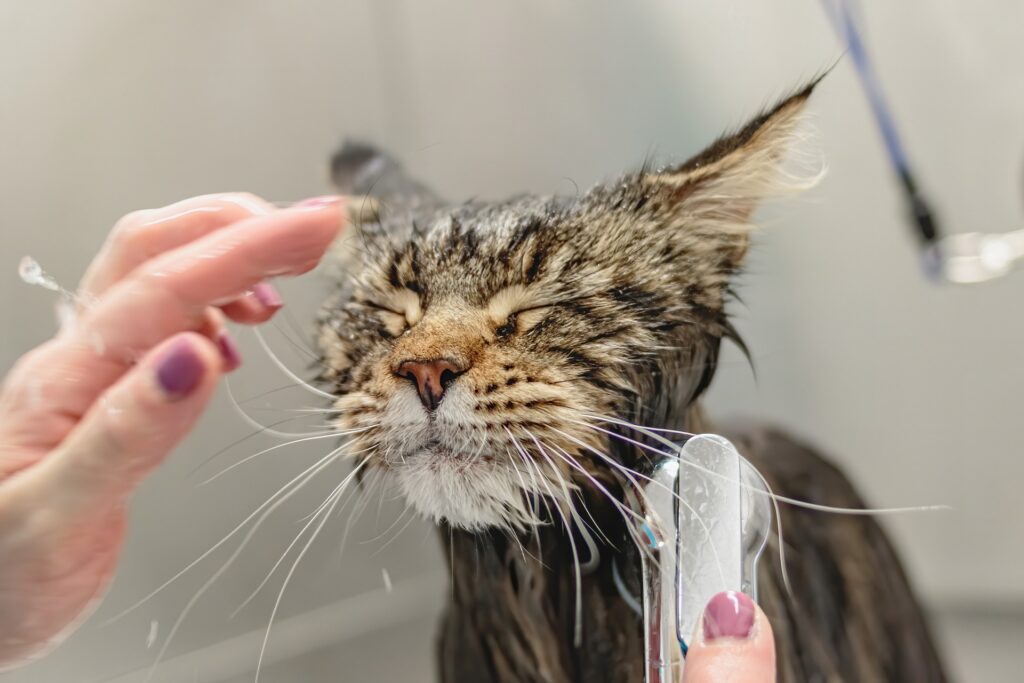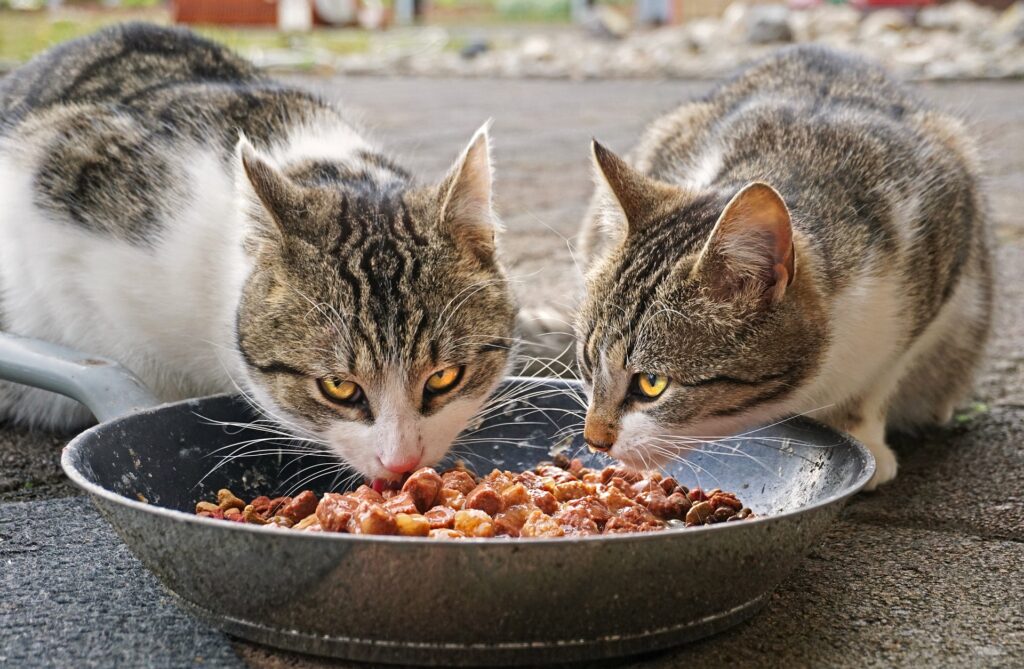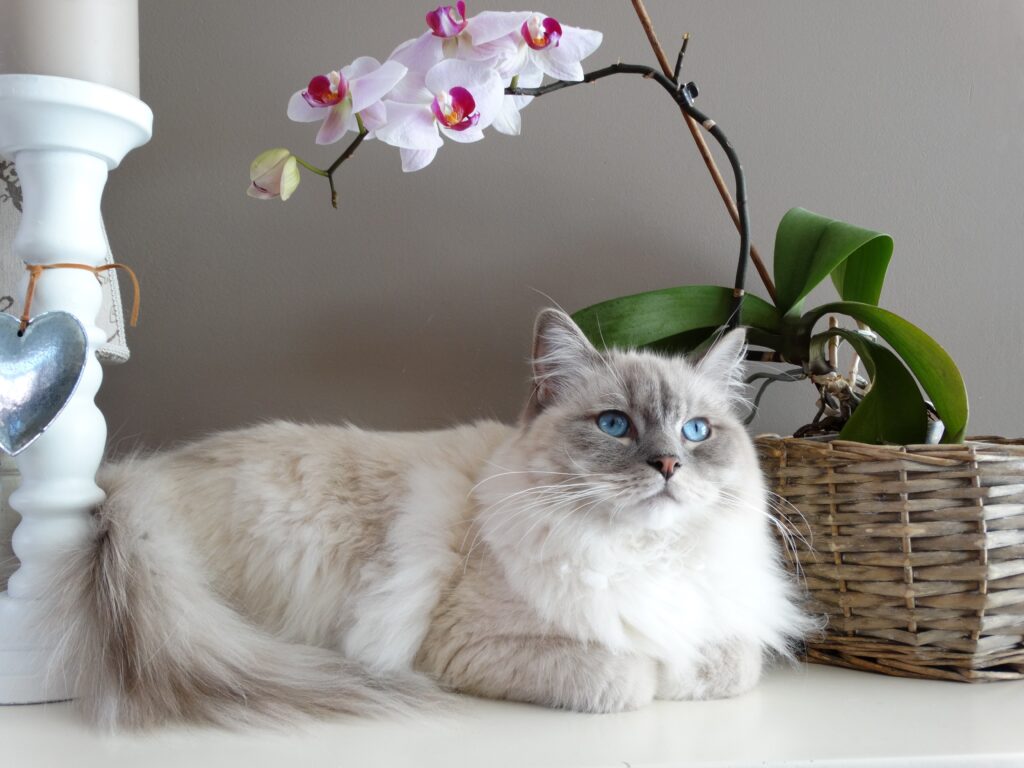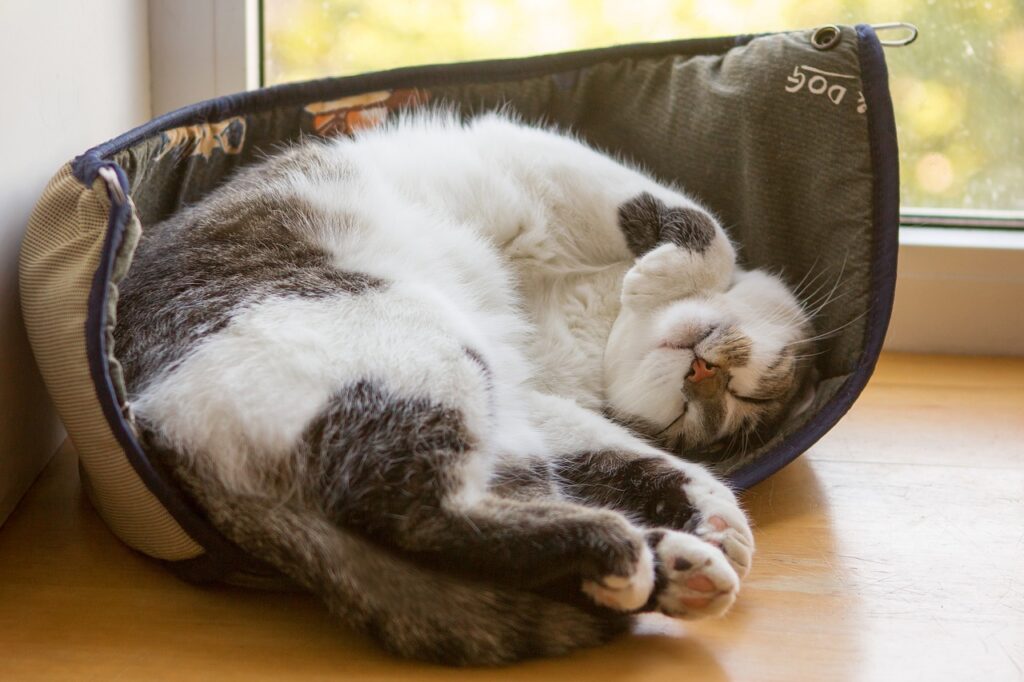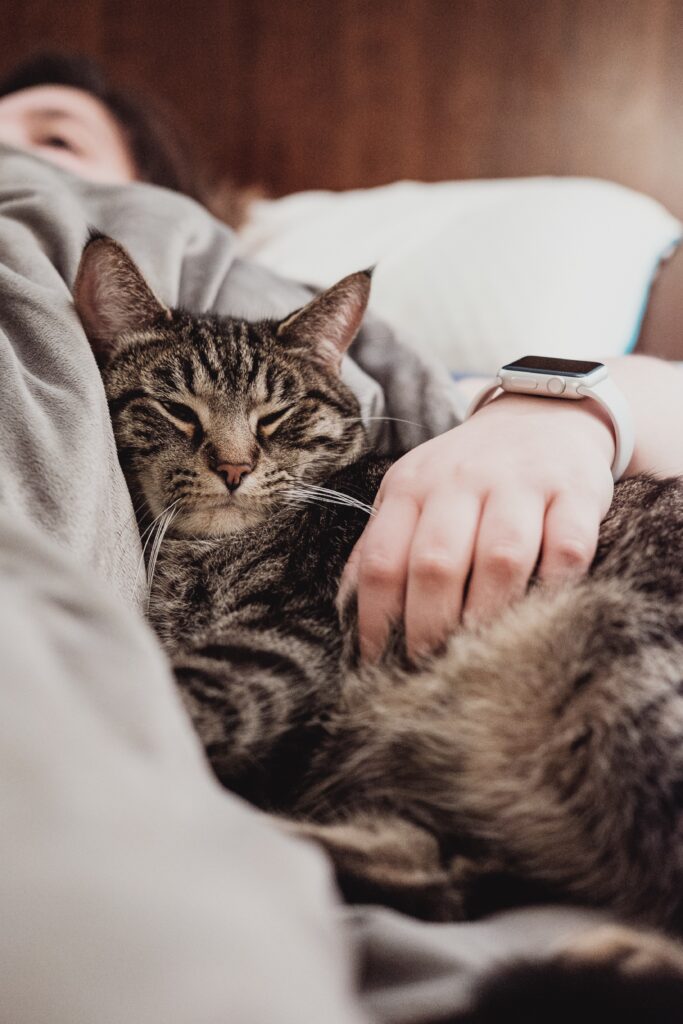Teaching the House Rules
Creating a cat-friendly environment involves more than just setting up a litter box and food bowl. It’s about establishing a mutual understanding, setting boundaries, and fostering a loving connection. In this guide, we’ll explore the ins and outs of teaching your cat the house rules, from preventing pesky scratching habits to decoding their unique communication styles. Let’s make your home the purr-fect haven for your new feline family member! How to prevent cats from scratching? Cats naturally use scratching to mark their territory, clean claws, and renew nails due to scent glands in their paws. However, this instinct can become problematic when directed towards furniture. The answer to ‘Why does my cat scratch the mirror?’ is also the same. To address this, guide your cat’s scratching urges to a designated post and maintain trimmed claws. There are different usefull cute cat scratching posts, cat scratching boards. If your cat persists in scratching furniture, identify and remove any shiny, furry, or smelly attractions, covering the targeted area with plastic and introducing a scratching post nearby. How to keep cat out of bedroom? By defining limits at first. Establishing no-go areas is key to a peaceful living arrangement with your cat. While some felines enjoy snoozing with their human companions, this might disturb your own sleep. Also if you have newborn baby, you may want to limit access to some rooms. How Keep your bedroom door closed, designating a quiet spot in another part of the house for your cat’s bed. If you prefer to restrict access, ensure your bedroom door remains closed at all times, providing a consistent boundary for your cat. At first some cat cries when locked out of bedroom but eventually gets used to this condition. Don’t worry. Keeping Your Cat Close and Happy Preventing your cat from straying begins with neutering, curbing its territorial instincts. Ensure a safe and inviting home environment with ample food, mental stimulation, and physical activity. Keeping your cat indoors after dark adds an extra layer of safety. In a bustling household, provide a quiet retreat for your feline friend, addressing the need for peace and solitude. Cats like to hunt even if they are not hungry. If food-seeking missions contribute to straying, ensure your cat gets sufficient nourishment to satisfy its appetite. Encouraging Good Habits How to break a cat from new habit of peeing in the house? By scolding? Yelling? No. Cats thrive on positive reinforcement, so instead of scolding for undesirable acts like sofa scratching, reward them promptly with a cuddle or a treat when they use the scratching post. Immediate rewards help them link the good behavior with the positive outcome. Yelling at a cat is ineffective and might lead to stress and sadness. Understand your cat’s preferences—while some enjoy food treats, others respond well to soothing words, a gentle stroke, or an energetic play session. Find what resonates best with your feline friend to reinforce their good behavior. Managing Aggression and Cat Begging for Food Cats rarely act aggressively towards people, but when they do, understanding the root cause is crucial. Begin by consulting a vet or us to rule out any health issues. Aggression can stem from pain, fear, or frustration, so pinpointing the cause is key to finding a solution. If your cat shows aggression towards other cats, it might involve territory or resource-sharing conflicts. How to stop cat from begging for food? While cats don’t beg like dogs, it’s essential to curb the habit early on. If your cat starts begging for table scraps, prevent it from escalating to jumping on the table during meals. Feed your cat before your own dinner to reduce the likelihood of begging. If this strategy fails, consider confining your cat to a different room during mealtime. Remember, giving in to begging encourages more undesirable behavior in the long run. How to find a missing cat? Have you seen ads like ”Indoor cat missing for 24 hours?” Cats love snuggling in warm, cozy spots, occasionally leading to a temporary “missing” status within your home. Familiarize yourself with its favorite hiding places, ensuring they are safe. Spaces like laundry baskets, linen closets, wardrobes, and drawers are all fair game. Some cats even fancy washing machines and dryers, so keep those appliance doors closed and double-check before starting them to avoid any surprises. What to do if your cat goes missing? Meow on command for easy tracking is another good way to find out.. Teaching your cat to meow when called makes locating it a breeze, whether inside or out. By responding to its name, your cat becomes more accessible, eliminating the stress of searching through every nook and cranny. Beware of the snug and cozy hiding spots. Cats are experts at discovering the tiniest nooks for a peaceful nap. Witnessing a kitten tucked away in a school bag is a testament to their knack for finding snug and cozy spots. Keep an eye on these favored hideaways to ensure your furry friend stays safe and sound. Understanding Spraying Behavior Spraying, much like scratching, is a natural way for cats to mark their territory through urine. Typically, cats feel secure enough in their home not to display this behavior. However, during times of heightened stress, such as the arrival of a new kitten, male cats may resort to spraying around the house. To prevent spraying, it’s crucial to recognize the telltale signs early on. If your cat continues to spray, promptly clean up the affected area with disinfectant to eliminate any lingering odor. Recognizing the warning signs is important. When a cat is about to spray, you may observe specific indicators. The cat may back up against a surface, such as a chair, with hind legs on tiptoes and its tail raised and quivering. Being attentive to these signals allows for proactive measures to discourage spraying, maintaining a harmonious environment for both you and your feline companion. Understanding the difference between cat spraying and peeing is essential. While spraying is a
Teaching the House Rules Read More »


